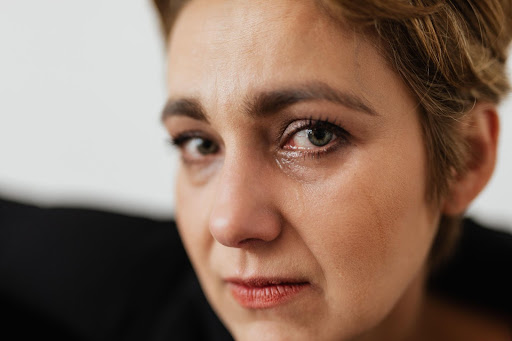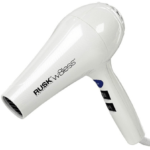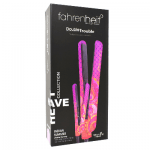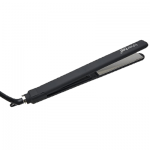In this current time, especially considering the state of the world, you can never have too many coping mechanisms or strategies for dealing with stress. Of course, there is an array of go-tos like journaling, practicing art, meditating, therapy and so on. However, sometimes nothing quite does the job like a good old-fashioned cry-it-out fest.
There’s no fighting the fact that regardless of the reason behind your tears, whether it be grief, heartbreak, work stress or sadness, crying can absolutely reduce stress levels and help you feel more balanced emotionally. However, the tears you produce during a cry can irritate your skin.
So, if you have been crying, it’s a good idea to have a skin routine to replenish your skin and feel fresh-faced again. In this article, we’re going to dive into the benefits of crying, the effects of tears on the skin and how to help your skin after a good cry. So, let’s get to it!

Stress in the Human Body
When the human body is feeling stress, it can manifest in various ways such as headaches, insomnia, sweating and of course – crying. All of these things, combined or individual, can impact the body’s skin or cause skin conditions, such as psoriasis and atopic dermatitis.
Can tears cause acne? Absolutely. This is because the epidermis actively participates in the human stress response cycle.
Think about times in your life when you were under a lot of stress. Do you remember breaking out? If so, that’s normal, because stress typically shows itself on the skin in more ways than one. Dermatologists often describe skin conditions as sort of a check-engine light, which help you recognize stress in the body so that you can find ways to counter or diminish it.
More About Crying
Crying is essentially an attempt made by the body to maintain equilibrium against external and internal stressors. Although most of us know tears to be just one thing, there are actually three types of tears, which we will go into below.
- Basal: These tears act as protective shields for eyes.
- Reflex: The purpose of these tears is to wash away irritants that may be harmful.
- Emotional: These tears are made by the body as a response to intense emotion.
When we cry, it’s a way to self-soothe. Not only does it calm us down, but it regulates our heart rate and even releases endorphins and oxytocin to help us feel good.
How Tears Irritate the Skin
So, are tears good for your skin? Not so much.
Crying can feel really relieving emotionally, but there are physical effects to the skin that aren’t so great. For example, tears are salty. And the salt within them can mess with the fluid equilibrium of skin, taking moisture away from the top layer and ultimately resulting in dehydrated skin. Additionally, skin around the eyes is very delicate and thin, so irritation to this area occurs more easily and quickly than other parts of the body’s skin.
When we cry, many of us use our shirt sleeves or tissues, towels or even paper towels, if that’s what’s around, to dry our tears. The rubbing and friction that happens when we dry our tears irritates the skin’s barrier, which is what seals in moisture and protects. When this happens, skin is more vulnerable to irritants from the environment, such as allergens, sun damage and pollution.
Of course, there’s also the puffiness that happens around your eyes after crying as well as runny nose, and redness. Overall, tears can put your skin through a lot. However, if your skin is more on the oily side, they can actually be good for your skin.
How to Help Your Skin Post-Cry
After a good sob sesh, whether it lasted hours or minutes, to help your skin recover, you’ll want to begin by decreasing the inflammation and swelling.
One way you can get this done is by applying a cool washcloth to your face. To get it to the right temperature, run it under water, place it in a reusable bag and then store it in the freezer for 15 minutes. The reason a cold compress helps is because it constricts blood vessels and ultimately brings down swelling and redness.
Alternatively, you can relieve some swelling by gently massaging your face. Use either your fingers or a Gua Sha and work from the center of your face and push outward to drain the fluid into the lymphatic system.
Next, you’ll want to repair the barrier of your skin by gently applying a moisturizer to your face. After using the cold compress and rehydrating your face, you should feel much fresher and see a reduction in redness and swelling.
Caring For Your Skin After Crying
Now that we’ve answered the question, “Is crying good for your skin?”, you have all the tools to care for it after a good sob sesh. After all this, if your face is still not up to par, don’t be afraid to try a Gua Sha Facial! Not only will your face feel amazing, but your skin will benefit.


